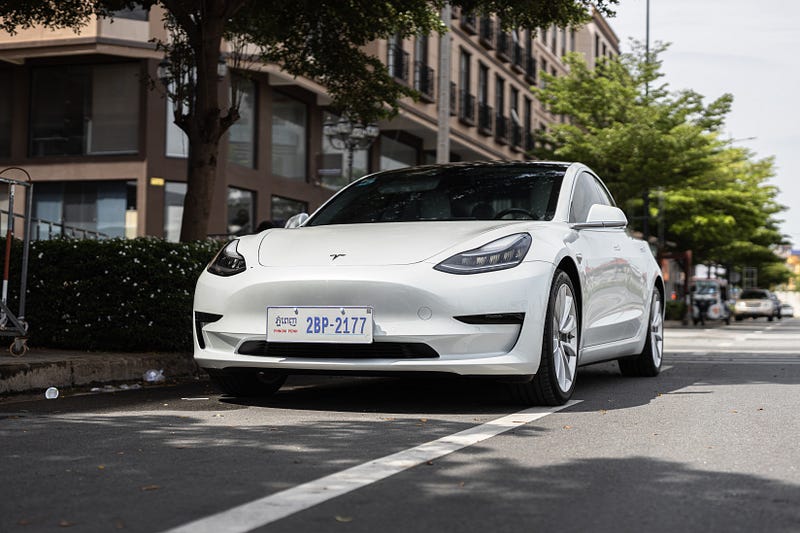Exploring Gigacasting: The Future of EV Production and Sustainability
Written on
Chapter 1: Understanding Gigacasting
Gigacasting technology, pioneered by Tesla, is reshaping the automotive landscape. This innovative production method simplifies the manufacturing process by producing large components in one piece, as opposed to the traditional cut-and-weld approach. This shift not only reduces production costs but also poses significant sustainability challenges.

Section 1.1: The Mechanics of Gigacasting
Gigacasting relies on a massive machine known as a giga-press, which is capable of creating large, complex chassis parts with high precision. By exerting a force of 6,000 tons, these machines inject molten aluminum alloy into molds, producing components in just 45 seconds. This method has enabled Tesla to replace numerous individual parts and welding steps, significantly streamlining production.
Subsection 1.1.1: Advantages of Gigacasting
The benefits of this technology are impressive. Tesla claims that gigacasting reduces chassis costs by up to 40%, although estimates vary between 20% and 30%. The efficiency gained allows Tesla to produce a Model Y in just 10 hours, leading to increased output and lighter components that improve vehicle performance.
Section 1.2: Industry Adoption
As Tesla continues to expand its use of gigacasting, other automakers are following suit. Toyota, for instance, recently showcased its own gigacasting capabilities, demonstrating a chassis component produced in only three minutes, replacing a traditionally complex assembly process.
Toyota Joins Tesla and Adopts NACS port - Access to Superchargers! - YouTube
This video discusses how Toyota is now adopting Tesla's technology, including the NACS port for access to supercharging stations.
Chapter 2: The Drawbacks of Gigacasting
While the adoption of gigacasting appears promising, it brings notable drawbacks. The most significant concern is that gigacast components are less repairable. In the event of an accident, replacing an entire cast part can be prohibitively expensive, leading to potential write-offs of vehicles that could otherwise be repaired.
Toyota says Tesla Model Y "truly a work of art; It's unbelievable." - YouTube
This video features Toyota's admiration for the Tesla Model Y, highlighting the artistic engineering behind the design and technology.
Section 2.1: Quality Concerns
Quality issues also arise with gigacasting. The casting process can introduce geometric defects, causing inconsistencies in the chassis that may affect performance and safety. Reports suggest that a significant portion of gigacast parts fail to meet quality standards, raising concerns about the durability of these components.
Section 2.2: Environmental Implications
Ultimately, while gigacasting may facilitate faster EV production, it raises critical questions about sustainability. The increased disposability of vehicles, combined with challenges in repairability and potential quality issues, could undermine the environmental benefits that electric vehicles are meant to provide.
In conclusion, gigacasting technology presents a double-edged sword for the automotive industry. It promises to revolutionize production but raises significant concerns about sustainability and repairability that must be addressed as the industry moves forward.
Thanks for reading! Your support is invaluable in creating content like this. To stay updated and support my work, follow me on Bluesky or visit my project, Planet Earth And Beyond, at www.PlanetEarthAndBeyond.co, Google News, and Flipboard.